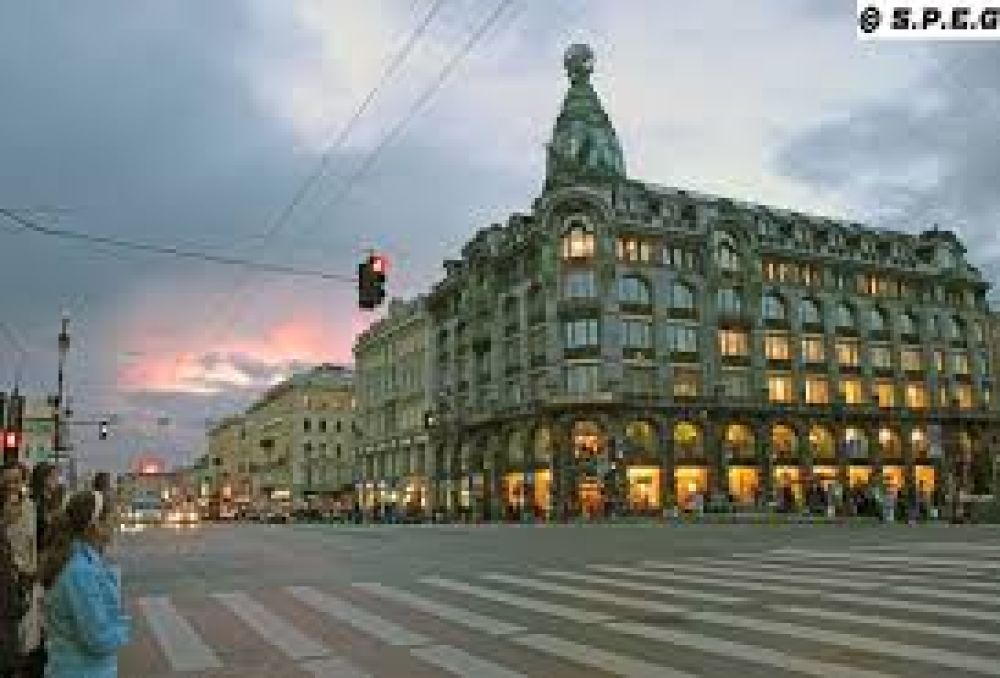

Nevsky Prospekt, the iconic boulevard in Saint Petersburg, has been at the heart of the city's cultural and social life since it was planned by Peter the Great in the early 18th century. As Saint Petersburg became the capital of the Russian Empire, Nevsky Prospekt emerged as a vibrant center of aristocratic society, with its palaces, theaters, and high society salons.
The history of tourism on Nevsky Prospekt corresponds with the broader trends in travel and leisure that swept through Europe in the 19th century. With the advent of the railway in 1837 connecting Saint Petersburg to Moscow, Nevsky Prospekt became more accessible, sparking an increase in tourism. In the 1860s, the introduction of street lighting and the construction of the Anichkov Bridge contributed to making Nevsky Prospekt a popular destination for both Russian and international visitors.
By the turn of the 20th century, the boulevard was adorned with opulent buildings, high-end shops, and various cultural institutions, such as the Russian National Library and the Alexandrinsky Theatre, attracting the burgeoning middle class and the elites who traveled for leisure and cultural enrichment.
During the Soviet era, tourism on Nevsky Prospekt changed significantly, reflecting the political and social shifts of the time. The avenue was rebranded as a symbol of socialist progress, and many of its aristocratic buildings were repurposed for government use. Even then, it remained a prominent destination for domestic travelers, who were eager to explore the history and achievements of Soviet Russia.
After the fall of the Soviet Union in 1991, Saint Petersburg, and Nevsky Prospekt in particular, experienced a resurgence in international tourism. The avenue regain its status as a window to the rich cultural heritage of Russia, with restored landmarks, museums, and theaters becoming major tourist attractions.
Today, Nevsky Prospekt is a microcosm of contemporary Russian culture and heritage, and tourism plays a vital role in the city's economy. The Prospekt remains one of the main thoroughfares in Saint Petersburg, burgeoning with visitors drawn to its historical significance, architectural grandeur, and vibrant street life.
Recent trends in tourism on Nevsky Prospekt include the development of boutique hotels, specialty shops, and a variety of dining options that cater to both luxury travelers and the growing market of budget-conscious tourists. Additionally, technological advancements such as virtual reality tours and mobile travel apps have enhanced the experience of visiting the historic avenue.
In response to increasing tourist interest, the local government has implemented measures to preserve Nevsky Prospekt's cultural and historic integrity while improving infrastructure and services for visitors. Events such as the annual Scarlet Sails celebration, which features a grand fireworks display and a mock pirate ship sailing along the Neva River, have become a major draw.
Nevsky Prospekt continues to embody the spirit of Saint Petersburg as a bridge between the past and the present, playing an enduring role in Russia's tourism narrative.